In the Sakura-No En tea garden, preparations for the harvest continue. Today, almost the entire Matsumoto family is in the Shincha MOE field. The last fertilisation before the shincha harvest is about to take place. Kazuya Matsumoto uses only organic fertiliser on the Shincha MOE field. On the other plots, with one other exception, he cultivates according to the principles of natural farming and uses no fertiliser at all. The other exception, besides the Shincha MOE, is the Kabuse portion for the Sakura No Sencha. Here, Kazuya Matsumoto also uses organic rapeseed pomace so that the kabuse portion develops a nice umami. Sakura-No Sencha is a blend of Kabuse and Roji Sencha from the Sakura-No En tea garden.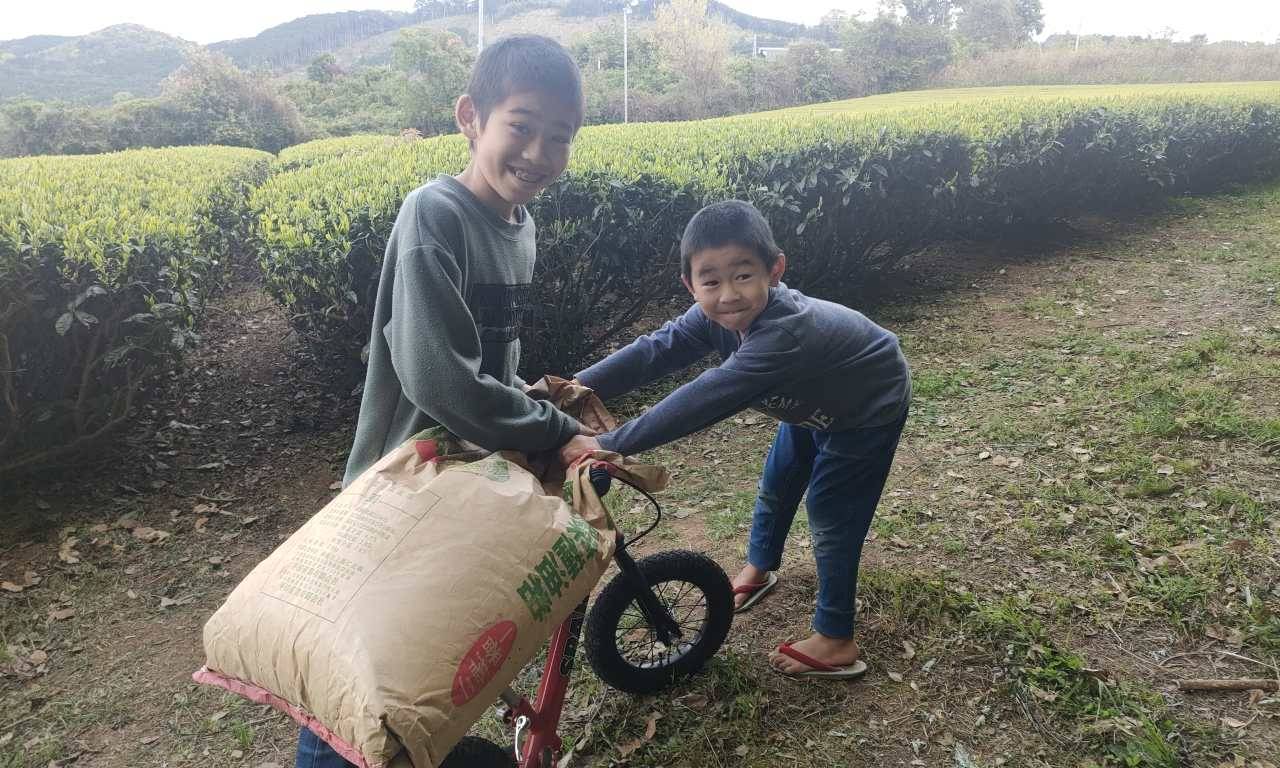
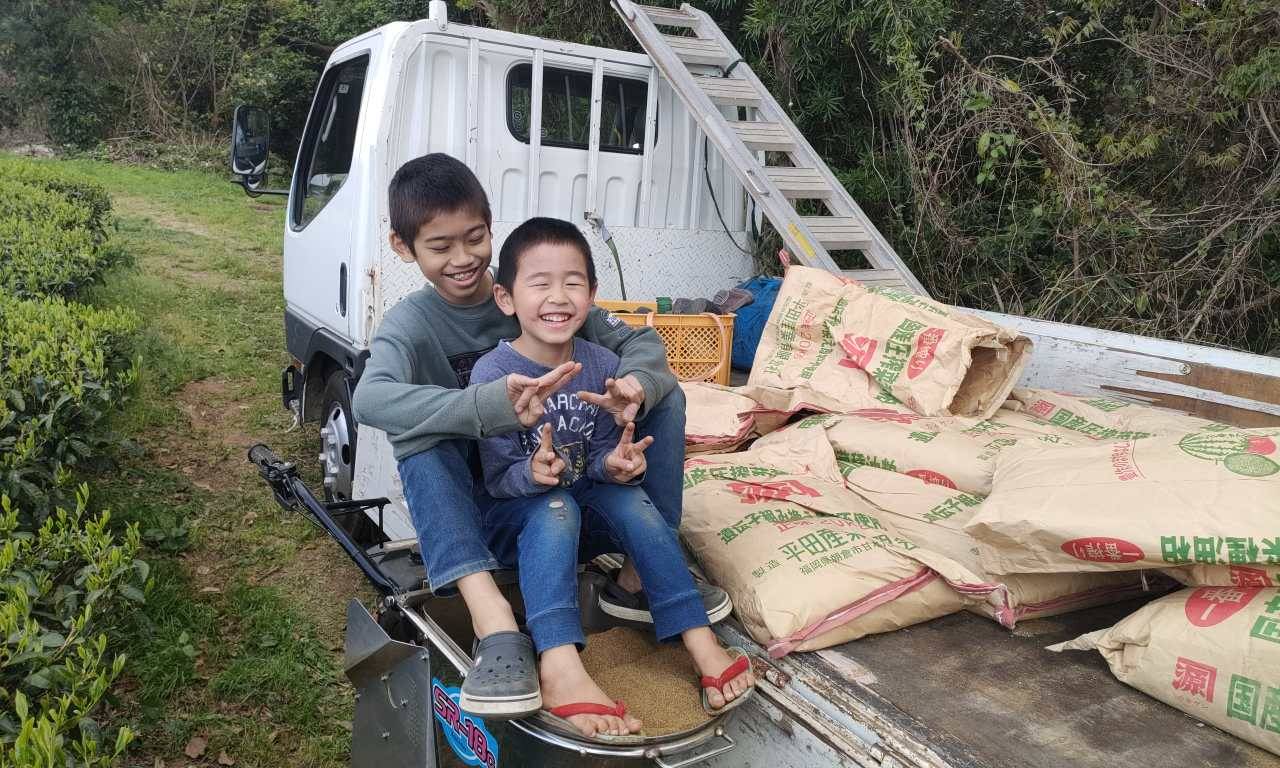
Two sons help out with the work today by opening the bags of organic rapeseed marc so that Kazuya can distribute the fertiliser in the field. Afterwards, they have fun riding with their father on the fertiliser spreader. The Matsumotos have three generations working in the tea garden. Kazuya’s parents continue to help with weeding and tending the tea garden, while Kazuya’s children tend to play in the tea garden and only help a little on the side.
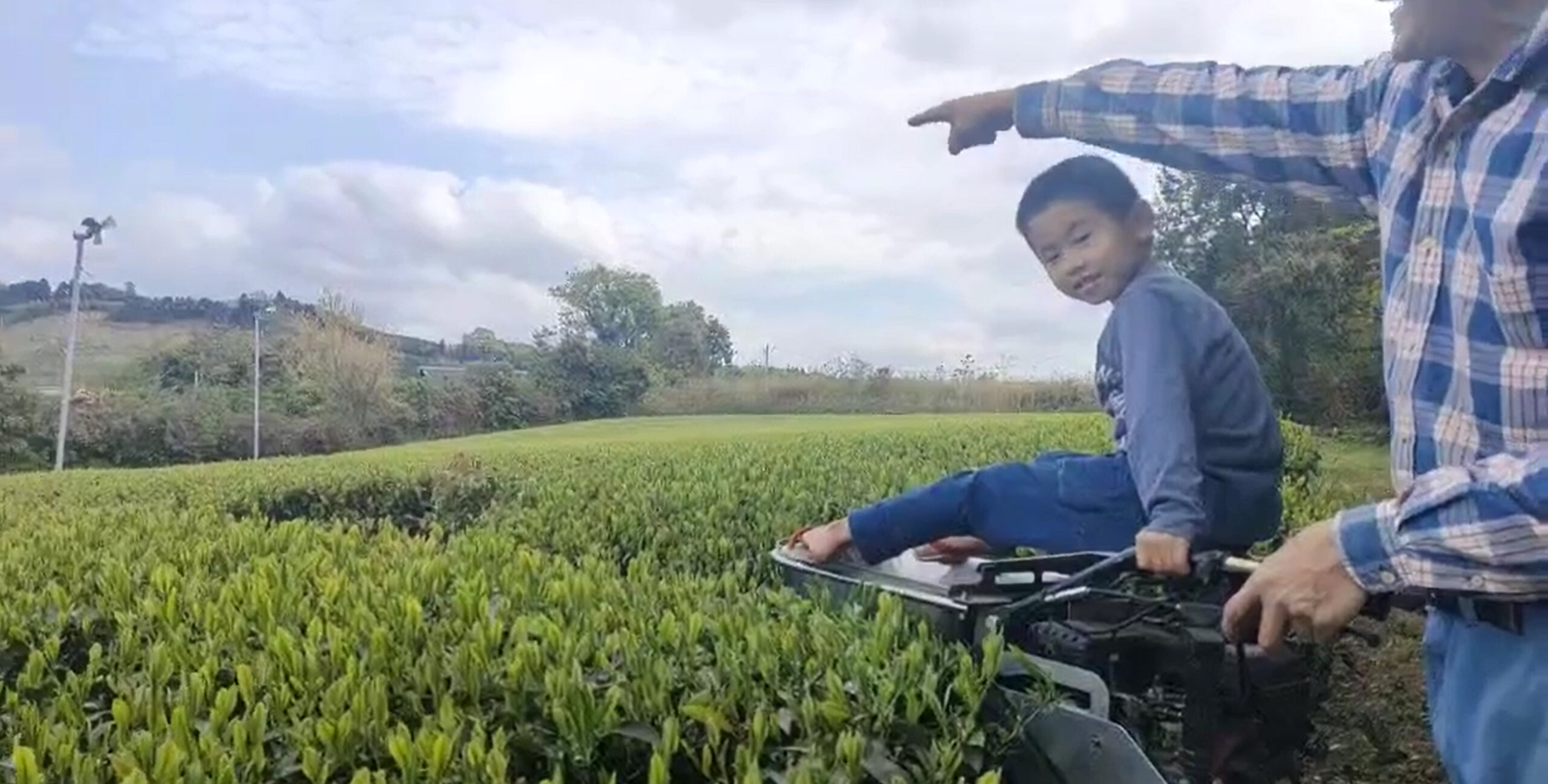
Satomi and Kazuya continue to remove the cobwebs and old leaves inside the tea bushes today, and weed the weeds growing between the rows and around the edges so that the plot is ready for harvesting. For the Matsumoto family, all these steps are done by hand, of course, and without the use of pesticides.
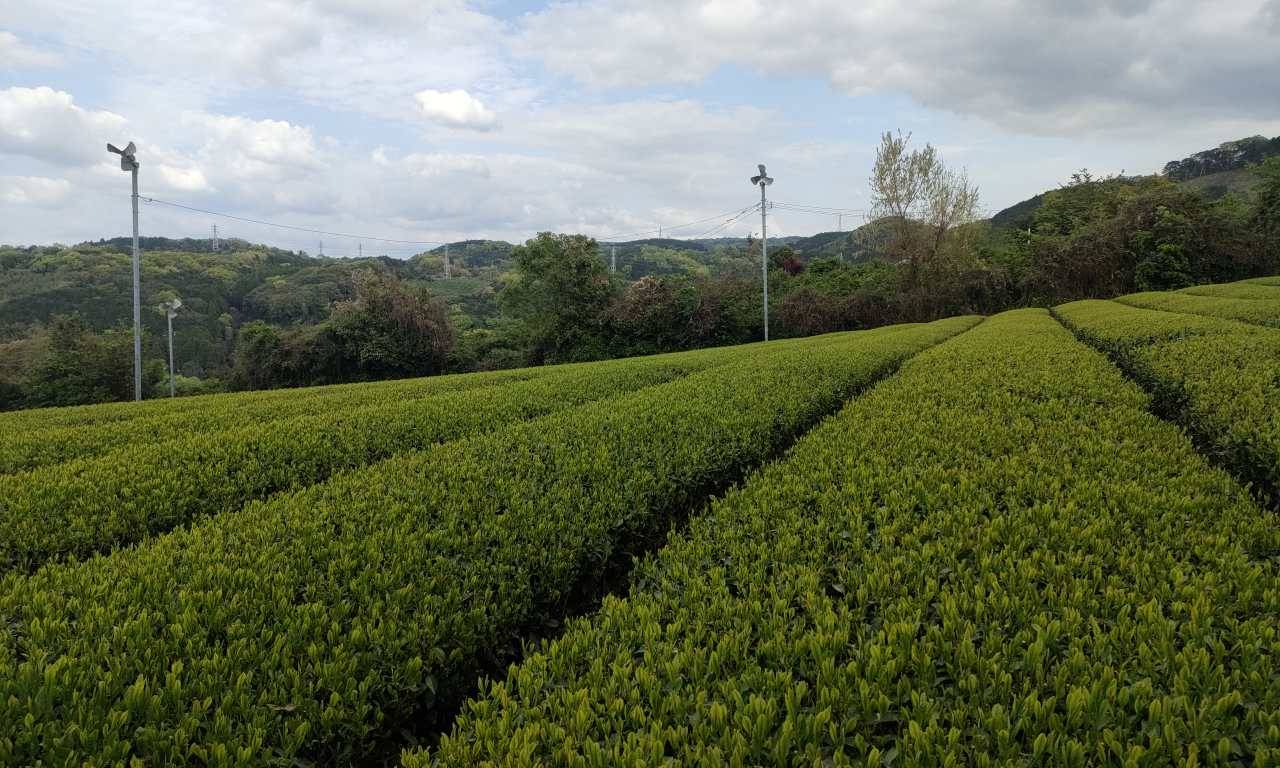
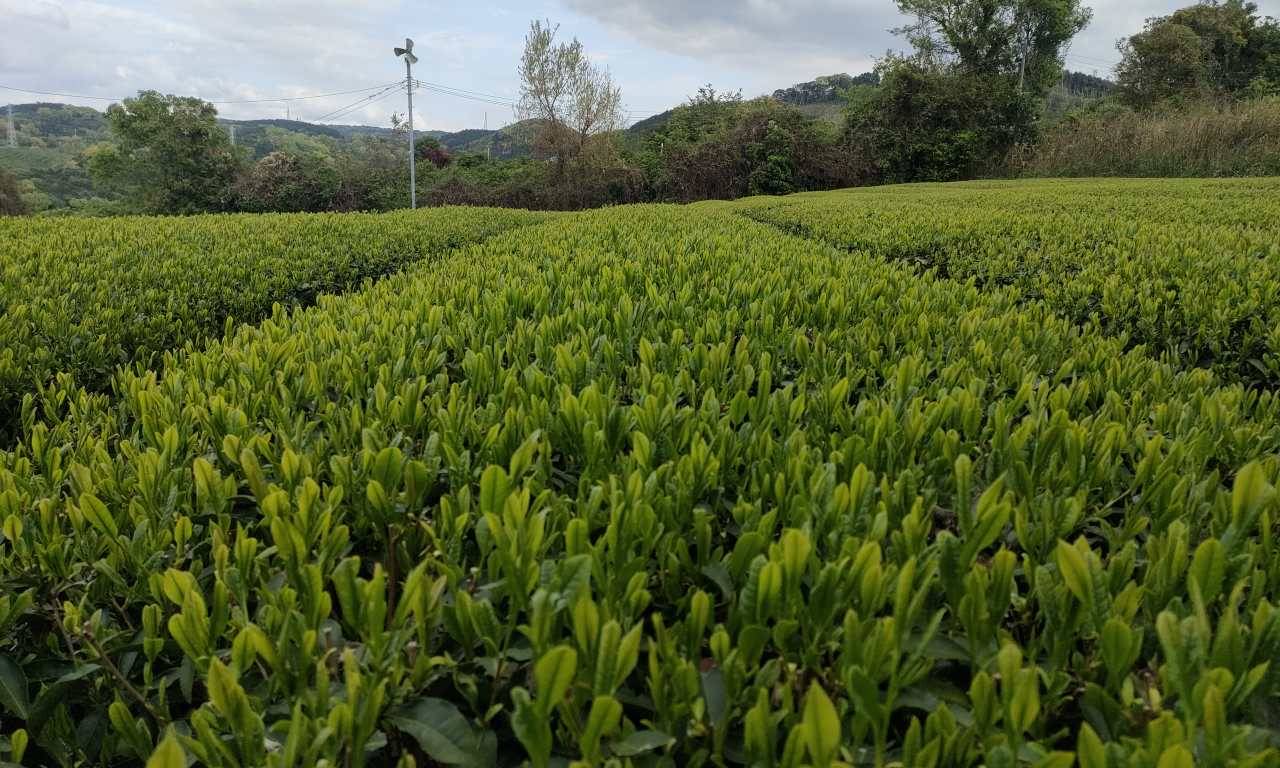
This year, the Yabukita plants for the Shincha MOE have formed comparatively many buds, so Kazuya expects a small leaf size and thus a very fine tea. The fresh shoots compete for sunlight, so the more new shoots are formed, the smaller the leaf size. With Shincha MOE, this really makes a difference, as the leaves are not sorted, unlike in normal tea production.